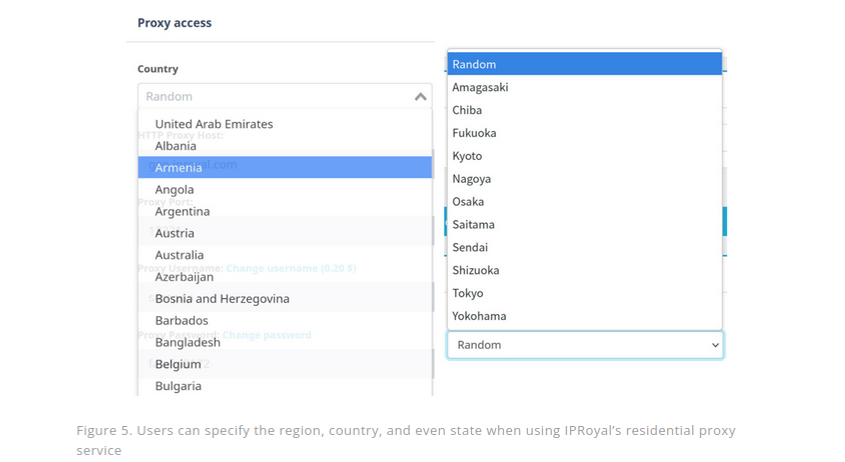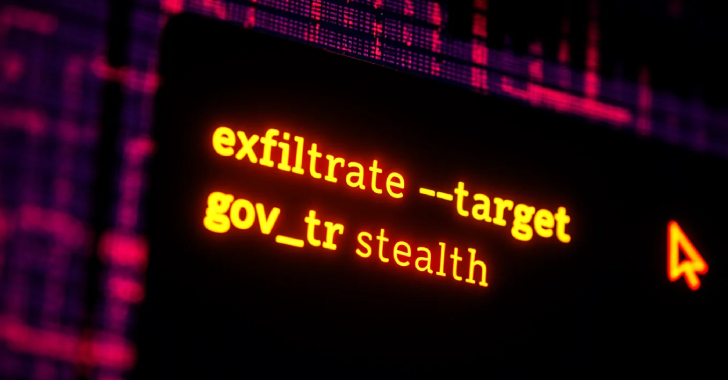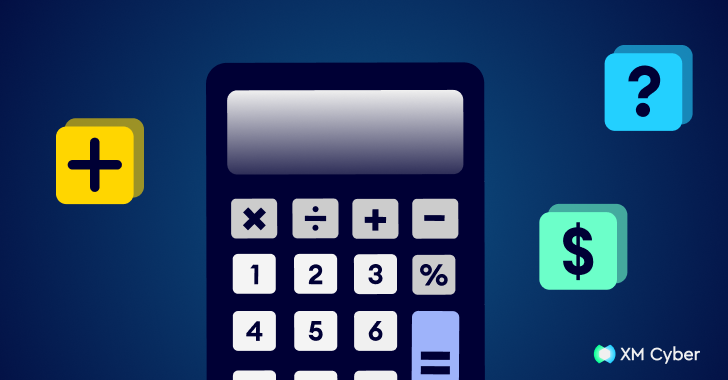
HIPAA Compliance in the Era of Telehealth Breakthroughs
The world of healthcare has been undergoing a dramatic transformation in recent years, thanks in large part to the rise of telehealth. As technology continues to advance, telehealth has become a powerful tool in providing convenient and accessible healthcare services. However, this digital revolution has also raised concerns about patient privacy and data security, particularly in the context of the Health Insurance Portability and Accountability Act (HIPAA). In this article, we’ll explore the challenges and solutions of HIPAA compliance in the era of telehealth breakthroughs.
The Telehealth Revolution
Telehealth, also known as telemedicine, is the practice of providing healthcare services remotely, often through video conferencing, phone calls, or secure messaging platforms. It has gained significant traction in recent years, driven by advances in technology and the need for more accessible healthcare services, especially in the wake of the COVID-19 pandemic.
The benefits of telehealth are evident. Patients can consult with healthcare providers from the comfort of their homes, reducing the need for travel and time spent in waiting rooms. It also enables healthcare professionals to reach patients in rural or underserved areas, improving access to care. Moreover, telehealth has been instrumental in maintaining healthcare services during emergencies and crises.
The HIPAA Challenge
While telehealth offers numerous advantages, it presents unique challenges when it comes to HIPAA compliance. HIPAA, enacted in 1996, is a federal law that establishes standards for the protection of sensitive patient health information, known as Protected Health Information (PHI). Under HIPAA, healthcare providers, health plans, and healthcare clearinghouses are required to safeguard PHI and ensure its confidentiality, integrity, and availability.
One of the primary concerns in the era of telehealth is how to protect PHI when it is transmitted over digital networks. Telehealth sessions involve the exchange of sensitive medical information, such as patient diagnoses, treatment plans, and prescription details. This information must be secure to comply with HIPAA regulations and maintain patient trust.
HIPAA Compliance Solutions for Telehealth
- Secure Telehealth Platforms: To ensure HIPAA compliance, healthcare providers must use secure telehealth platforms specifically designed to protect PHI. These platforms incorporate encryption, access controls, and authentication mechanisms to safeguard data during transmission and storage. Popular telehealth providers, such as Zoom for Healthcare and Doxy.me, have implemented these security measures to meet HIPAA requirements.
- Privacy Policies and Consent: Healthcare providers must inform patients about how their data will be used and obtain their consent for telehealth services. This includes explaining the limitations of privacy in digital communications and ensuring patients understand the potential risks and benefits.
- Data Encryption: All digital communications, including video calls and messaging, should be encrypted to prevent unauthorized access to PHI. End-to-end encryption ensures that only the intended recipient can decipher the information.
- Access Controls: Implementing robust access controls is crucial for HIPAA compliance. Healthcare providers should restrict access to PHI to only authorized personnel and ensure that patient data is not exposed to unauthorized individuals.
- Data Storage and Retention: Healthcare organizations must establish policies for the secure storage and retention of digital patient records. Cloud-based storage solutions with strong encryption are often preferred for their scalability and security.
- Regular Audits and Training: Conducting regular security audits and training staff on HIPAA compliance is essential. This ensures that all employees are aware of their responsibilities in safeguarding PHI and are equipped to handle telehealth sessions securely.
- Emergency Preparedness: Healthcare providers should have contingency plans in place for handling technical failures or security breaches during telehealth sessions. Patients should be informed about what to do in case of such incidents.
Recent Developments in Telehealth and HIPAA
The COVID-19 pandemic accelerated the adoption of telehealth and prompted temporary changes in HIPAA regulations to facilitate its use. For instance, the Department of Health and Human Services (HHS) temporarily relaxed enforcement of certain HIPAA requirements during the public health emergency, allowing healthcare providers to use non-HIPAA-compliant communication tools in some cases.
However, as the pandemic subsides, there is increasing pressure to strike a balance between convenience and security. The HHS is expected to reevaluate these temporary measures, potentially leading to updated HIPAA guidelines that better accommodate the realities of modern telehealth.
Furthermore, telehealth technology continues to advance, with innovations such as remote patient monitoring devices, AI-powered diagnostics, and virtual reality-based therapies. These developments have the potential to improve patient outcomes and further expand telehealth’s reach, but they also bring new challenges for HIPAA compliance.
Future Trends and Challenges
As telehealth continues to evolve, several trends and challenges will shape its intersection with HIPAA compliance:
- Interoperability: Ensuring that different telehealth platforms and systems can communicate seamlessly while maintaining security will be crucial for delivering comprehensive care.
- AI and Data Analytics: The use of artificial intelligence and data analytics in telehealth can offer valuable insights for patient care. However, protecting the privacy of patient data used in these applications will be a significant concern.
- IoT and Remote Monitoring: The proliferation of Internet of Things (IoT) devices for remote patient monitoring will require strong security measures to protect the data transmitted from these devices to healthcare providers.
- Telehealth for Mental Health: The demand for telehealth services in mental health has surged, highlighting the need for robust security measures to protect sensitive patient information.
- Cross-Border Telehealth: Telehealth services that transcend state or national borders will require compliance with multiple sets of regulations, adding complexity to the compliance landscape.
- Patient Authentication: Ensuring that patients are who they claim to be during telehealth sessions will become increasingly important to prevent identity theft and fraud.
Conclusion
Telehealth has revolutionized the healthcare industry, offering convenience and accessibility to patients while overcoming geographical barriers. However, the adoption of telehealth also poses significant challenges for HIPAA compliance, given the need to protect sensitive patient information in digital environments.
Healthcare providers must stay vigilant and adapt to evolving technologies and regulations to maintain HIPAA compliance in the era of telehealth breakthroughs. This requires robust security measures, staff training, and a commitment to safeguarding patient privacy. As technology continues to advance, finding the right balance between innovation and security will be the key to unlocking the full potential of telehealth while upholding HIPAA standards.
Contact Cyber Defense Advisors to learn more about our HIPAA Compliance solutions.





